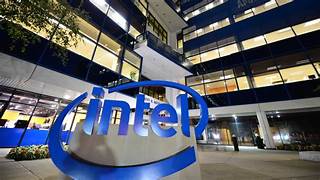I, too, was avoiding this one as I have spoken about it enough within the fab-building topic. The levels of labor inefficiency I've seen at the AZ build remind me of my time living in TW. Why do 5 people from 4 companies touch the same data, manually moving it from one document to another? I suspect the answer is, "security," and complete BS. The innovative, efficient method is a shared file where we all update our parts individually with no duplication of data entry (eliminating the extra movement, a LEAN waste). So me, the US guy who has an incredibly constrained labor supply of skilled tradespeople, is applying Japanese manufacturing methodology (Toyota Production System) to maximize output through efficiency. Meanwhile, my customer wants me to waste resources doing things out of sequence so that his boss can see "progress" only for us to remove the work since it physically blocks the work that is first in sequence but does not provide a visual sense of accomplishment. That is 4x the labor consumption compared to remaining in sequence and being able to show the boss how the progress unfolds.
That entire post read like a projection. Going against a formal hierarchy is part of our business ethos. How many times, just within Silicon Valley, was a pioneering company formed from the innovators being stifled at their current employer and striking out on their own? While we have a segment of the workforce that will kowtow to senior management, this behavior is generally out of personal survival needs and, simultaneously, viewed with disdain by the non-butt-kissing employees. Corporate giants can get stuck in the status quo when they've allowed the layers of management to grow too thick and create survival behaviors - this can be fixed through a re-organization with the fat trimmed out - and this is part of the current Intel problem (from personal observation).
The number of times I heard, "That's not how we do it in TW," demonstrates the level of arrogance that there is nothing to be learned from others. Arrogance bred by being the stalwart of an entire nation. Hearing that the expectation for US workers to be honored to work there is laughable. We don't care. We just want to build your factory and products and go home to our families. A happy employee is a more productive employee. Extended overtime leads to mistakes and burnout. Enough books have already been written on the topic.
I don't see enough mention in the Intel split concept regarding the military and government contracts that would need to be re-homed to a TI, Micron, Microchip, or similar. TSMC doesn't qualify as it is not US-headquartered and does not have back-end processing in the US.



